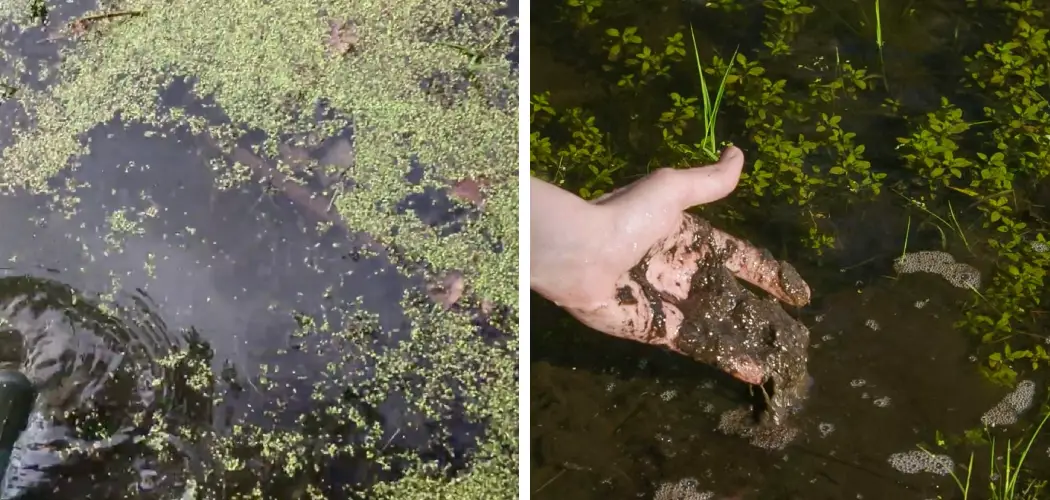Are you looking for an effective and efficient way to remove muck from your pond? This guide will provide you with all the necessary information you need to know on how to safely and effectively remove muck from a pond.
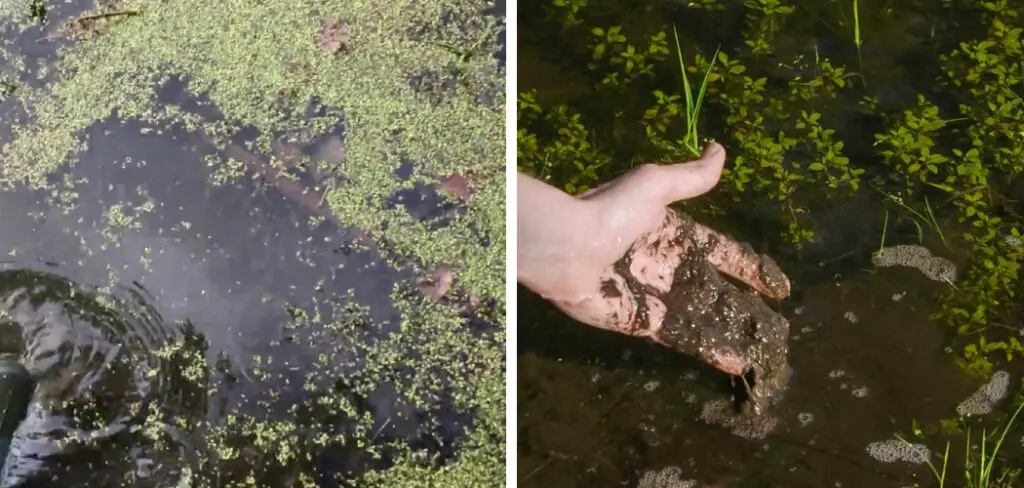
From equipment needed to steps to take in order to safely complete the task, this guide will help ensure your pond is clean, clear, and free of muck.
Muck is a main contributor to poor water quality in ponds. It is made up of organic matter such as leaves, algae and soil particles that build up over time.
In order for your pond to remain healthy, it is important to remove the muck on a regular basis. This article will discuss various strategies for removing muck from ponds. Read more to know about how to remove muck from pond!
Why is It Important to Remove Muck From Pond?
1. To Prevent Poor Quality Water in Pond
One of the main benefits of removing muck from a pond is to maintain the quality of the water. Muck can cause oxygen depletion and allow for an increase in harmful bacteria, which can lead to serious health problems for aquatic life such as fish. Therefore, it’s important to regularly clean and remove muck from your pond to ensure that it remains healthy.
2. To Prevent Algae Overgrowth
Another reason to regularly clean and remove muck from your pond is to prevent algae overgrowth. Excess amounts of muck can cause an increase in nutrients, which will promote the rapid growth of algae blooms. Not only can this make your pond unsightly, but it also increases the amount of work it takes to maintain a healthy pond.
3. To Improve Aesthetics
Finally, removing muck from your pond can also help improve its aesthetics. Having an unsightly pond filled with muck and debris can reduce the overall appeal of your property, making it less desirable for nearby visitors and passersby.
By regularly cleaning and removing muck from your pond, you can help maintain a beautiful landscape that will be the envy of your neighbors.
Removing muck from a pond is an important part of maintaining a healthy aquatic environment.
Not only does it prevent poor water quality and algae overgrowth and reduce aesthetics, but it also helps promote healthy fish and other aquatic life. With the right tools and techniques, you can easily remove muck from your pond and ensure that it remains healthy and beautiful.
10 Methods of How to Remove Muck From Pond
1. Use a Pond Vacuum
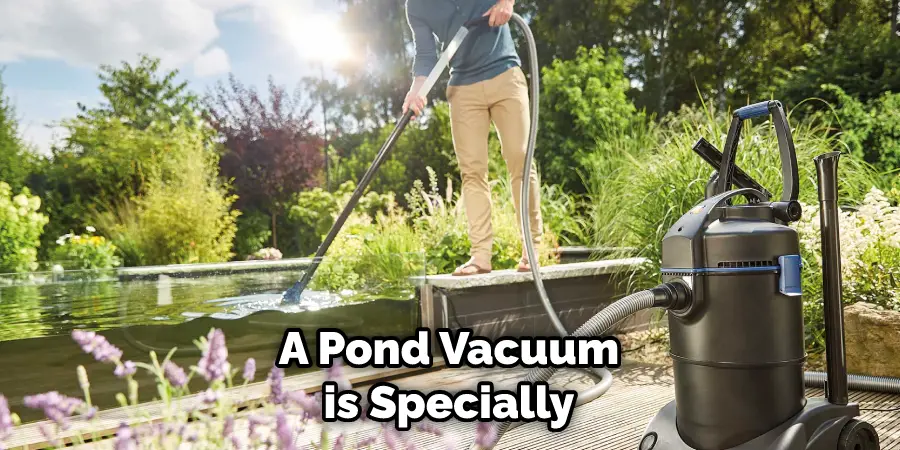
A pond vacuum is specially designed to remove muck and debris from the bottom of the pond. It works by sucking the muck up through a hose and depositing it into a debris bag or bucket. This will help remove the larger pieces of debris.
2. Skim the Surface
Using a net or skimmer, you can manually remove the surface muck from your pond’s water. This method should be done on a regular basis to keep the pond healthy and free of debris. Also make sure to remove any dead leaves or branches that may have fallen in.
3. Install a Filter
Installing a filter in your pond will help keep the water clean and free of debris. There are different types of filters available so make sure you select one based on the size of your pond and what kind of maintenance it requires.
4. Manual Removal
For smaller amounts of muck, you can use nets or other tools to manually scoop out the debris. Make sure to wear gloves while doing this and be careful not to disturb any fish or other aquatic life living in the pond.
5. Aeration
Aerating your pond’s water can help keep it clean and reduce the amount of muck that accumulates on its bottom. A fountain, waterfall, or oxygen pump can be used to aerate your pond.
6. Dredging
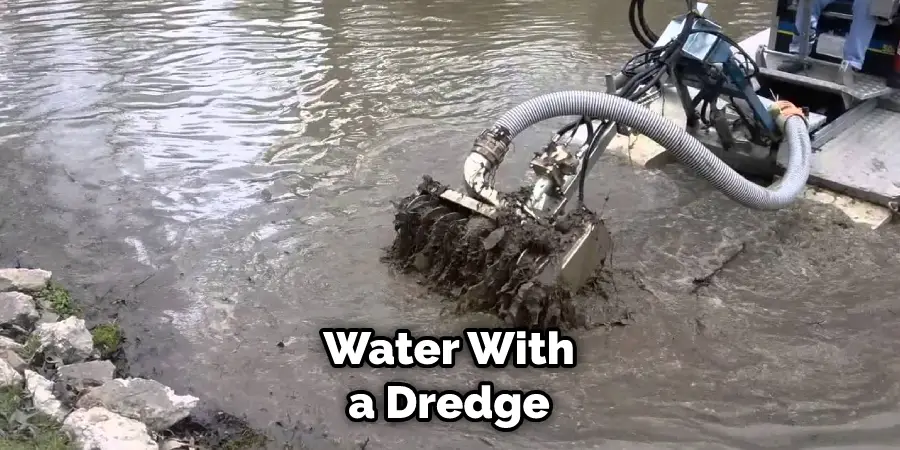
Dredging is the process of removing sediment from the bottom of a body of water with a dredge or pump. This method is best suited for large ponds and should only be done by professionals as it can cause major disruption to the aquatic life in the pond.
7. Biological Control
Introducing certain beneficial bacteria or organisms into the pond can help naturally reduce and break down the muck in your pond. You can purchase these types of products from any local aquatic store.
8. Plant-Based Controls
Certain plants, such as water lilies and cattails, can help naturally filter out some of the muck from your pond. They are also great for providing shade and oxygen to your pond’s inhabitants. Make sure to research which type of plants are best suited for your pond before introducing them.
9. Ultraviolet Clarifier
An ultraviolet clarifier uses a special light to break down the organic matter in the water, making it easier to filter out. This can help reduce the amount of muck in your pond over time. This will also help keep the water clearer and healthier for your pond’s inhabitants.
10. Regular Maintenance
The best way to keep your pond free of muck is by doing regular maintenance on it. This includes skimming, vacuuming, and cleaning out any debris that accumulates over time. Doing this regularly will help ensure that your pond stays healthy and free of muck.
11. Chemical Treatments
Certain chemicals, such as alum or hydrogen peroxide, can be used to help remove muck and debris from a pond. However, these should only be used as a last resort as they can have an adverse effect on the aquatic life in your pond. It is best to consult a professional before using any type of chemical treatment for muck removal.
Ultimately, removing muck from your pond is a process that requires regular maintenance and the use of various techniques. Make sure to select the best methods for your pond based on its size and type. With the right care, you can keep your pond clean, clear, and healthy for many years to come.
Frequently Asked Questions
What Precautions Should Be Taken Before Removing Muck From a Pond?
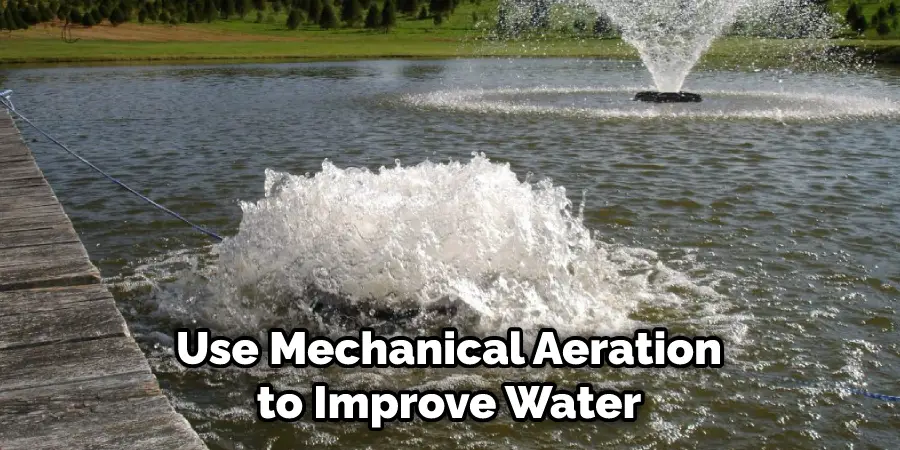
Before removing muck from your pond, it is important to consider the health of the fish and other organisms in the pond. It is best to check with a local aquatic specialist to determine if any special precautions or treatments are required prior to muck removal. Additionally, use mechanical aeration to improve water quality and reduce muck levels.
What Are the Best Methods for Removing Muck From a Pond?
The best methods for removing muck from your pond are mechanical removal, nutrient addition, and bioremediation. Mechanical removal involves using a rake or shovel to physically remove the muck from the surface of the pond.
Nutrient addition can be used to reduce muck levels by introducing beneficial bacteria and other microorganisms that will feed on the muck. Lastly, bioremediation uses natural microbial processes to break down the organic components in the muck, making it easier to remove.
What Are Some Tips for Preventing Muck From Returning?
There are several ways to reduce the chances of muck returning in your pond.
The most important is to maintain proper water levels and aeration, as this will keep oxygen levels high which helps to prevent bacterial growth. Additionally, regular cleanings with a net or rake can help to remove any excess organic material before it has a chance to accumulate and cause problems.
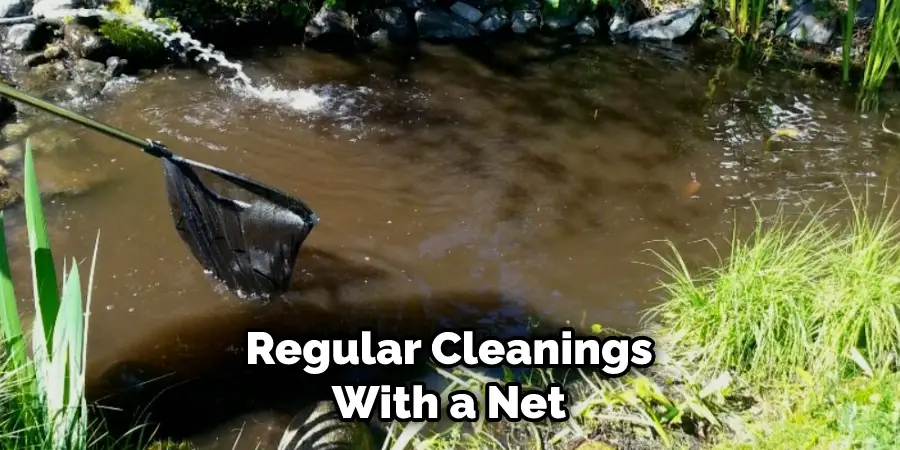
Finally, adding aquatic plants can help to absorb excess nutrients and reduce the likelihood of muck returning.
How Much Does It Cost to Remove Muck From a Pond?
The cost of removing muck from a pond will vary depending on the size and complexity of the project. Generally, mechanical removal is more affordable than bioremediation or nutrient addition. However, for larger ponds, it may be necessary to hire professional help which can significantly increase the cost.
Conclusion
Now you know many ways how to remove muck from pond. Each of these methods has its pros and cons, so it is best to choose the one that works best for your particular situation. If you need help with muck removal from your pond, contact a local pond maintenance professional who can assist you in getting rid of the problem quickly and efficiently.
With the right approach, you will be able to restore your pond’s clarity and enjoy its beauty once again.
While muck can be a nuisance, it is not an insurmountable problem. Armed with the right knowledge and tools, you can remove muck from pond easily and effectively. Start by testing the area to identify the presence of muck, then take steps to reduce the amount of muck in your pond.
Regular maintenance and aeration can also help keep your pond’s ecosystem healthy, which is beneficial for both you and your fish. With a little effort, you can create a beautiful aquatic environment that you can be proud of!
About
Outdoor Fixes is a distinguished figure in the world of Diy design, with a decade of expertise creating innovative and sustainable Diy solutions.
His professional focus lies in merging traditional craftsmanship with modern manufacturing techniques,
fostering designs that are both practical and environmentally conscious. As the author of diy,
outdoorfixes delves into the art and science of outdoorfixes-making, inspiring artisans and industry professionals alike.
Education RMIT University
(Melbourne, Australia) Associate Degree in Design (Outdoor Fixes) Focus on sustainable design, industry-driven projects,
and practical craftsmanship. Gained hands-on experience with traditional and digital manufacturing tools, such as CAD and CNC software.
Nottingham Trent University
(United Kingdom) Bachelor’s in outdoorfixes.com and Product Design (Honors) Specialized in product design with a focus on blending creativity with production
techniques. Participated in industry projects, working with companies like John Lewis and Vitsoe to gain real-world insights.
Publications and Impact
In diy, Outdoor Fixes his insights on indoor design processes, materials, and strategies for efficient production.
His writing bridges the gap between artisan knowledge and modern industry needs, making it a must-read for both budding designers and seasoned professionals.

